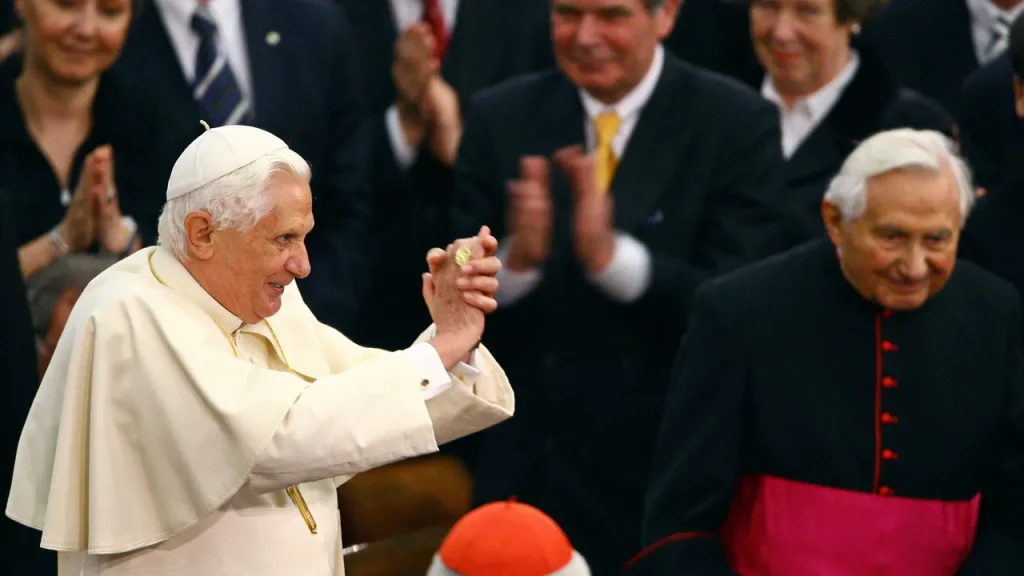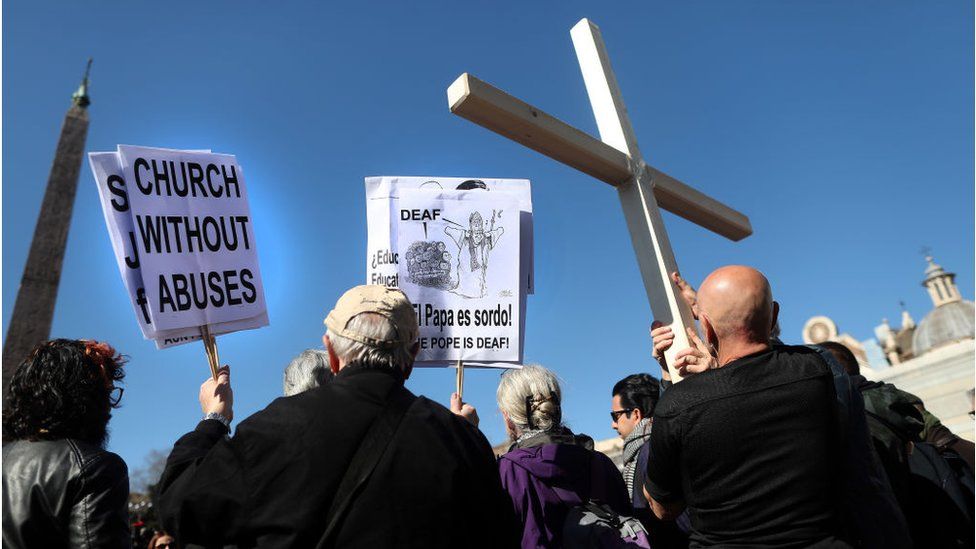Allegations of sexual abuse and pedophilia in the Catholic Church
Theodore Edgar McCarrick (born 1930), ordered in 2018 by Pope Francis to a life of prayer and repentance until a canonical judgment is held. After an ecclesiastical investigation and trial, he was found guilty of sexual offenses against adults and minors, as well as abuse of power, and was fired from the clergy in February 2019. McCarrick is the most senior church official in modern times. to be worldly—commonly referred to as defrocking—and is considered the first cardinal ever charged with sexual misconduct.

Pope Francis giving a speech at the Pontifical Catholic University of Chile (2018).
The Catholic Church in Chile suffered one of the worst cases of sexual violence by Catholics worldwide in 2018, including the case of Fernando Karadim, which resulted in several people being convicted and fired.
Catholic Church Cases of sexual abuse are cases of sexual abuse of children by Catholic priests, nuns and members of religious orders. In the 20th and 21st centuries, cases have included many accusations, investigations, trials, convictions, and revelations about decades of attempts by church officials to cover up reported incidents. The victims are mostly boys, but also girls, some of whom are only three years old, with the majority between the ages of 11 and 14. Criminal cases for the most part do not involve sexual harassment of adults. Allegations of abuse and concealment of information began to gain public attention in the late 1980s. Many of these cases involve decades of violence, often committed by older adults or young people years after the violence occurred. Cases were also brought against members of the Catholic hierarchy who covered up allegations of sexual abuse and transferred abusive priests to other parishes where the abuse continued.
By the 1990s, the cases began to receive significant media and public attention in countries including Canada, the United States, Chile, Australia and Ireland, and much of Europe. In 2002, an investigation by The Boston Globe led to extensive US media coverage of the issue. Widespread abuse has been identified in Europe, Australia, Chile, and the United States, reflecting worldwide patterns of long-term abuse, as well as the church hierarchy’s habit of regularly covering up reports of abuse.
From 2001 to 2010, the Holy See handled sexual assault cases involving some 3,000 priests, some dating back fifty years.
Diocesan officials and scholars familiar with the Roman Catholic Church say clergy sexual abuse is usually not discussed and therefore difficult to measure. Members of the church hierarchy argued that media coverage was excessive and disproportionate, and that such abuse also occurs in other religions and institutions, a stance that alarmed critics who saw it as a way to avoid addressing abuses. problem within the Church.

In a 2001 apology, John Paul II called sexual abuse in the Church “deeply contrary to the teaching and testimony of Jesus Christ.” Benedict XVI apologized, met with the victims and spoke of his “shame” for the evils of abuse, called for those responsible to be brought to justice, and denounced abuses by church authorities. In 2018, referring to a specific case in Chile, Pope Francis accused the victims of fabricating the allegations, but by April was already apologizing for his “tragic mistake” and by August expressing “shame and regret” for the tragic story. He convened a four-day summit with the participation of the presidents of all the episcopal conferences of the world, which was held in the Vatican from February 21 to 24, 2019, to discuss the prevention of sexual abuse by the clergy of the Catholic Church. In December 2019, Pope Francis made sweeping changes that allowed greater transparency.
